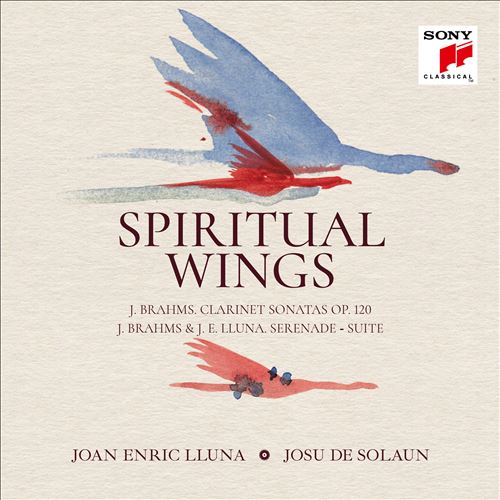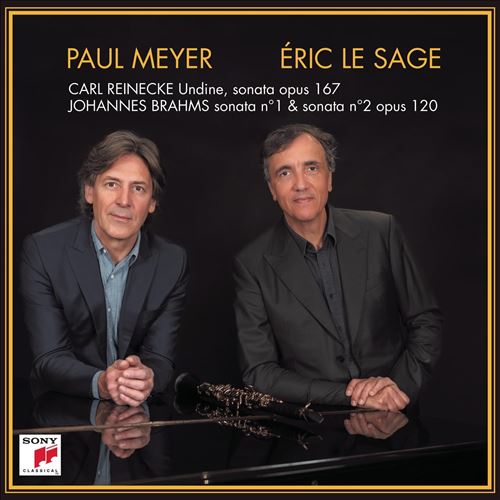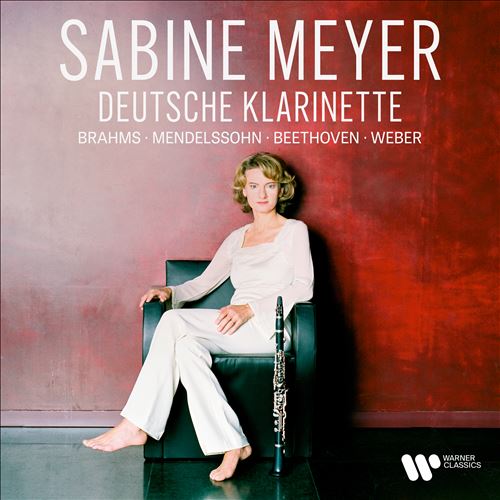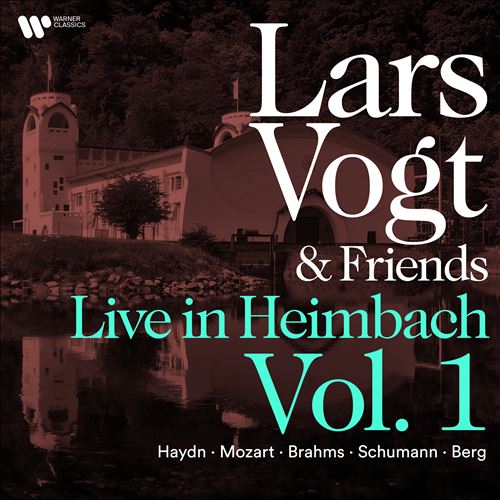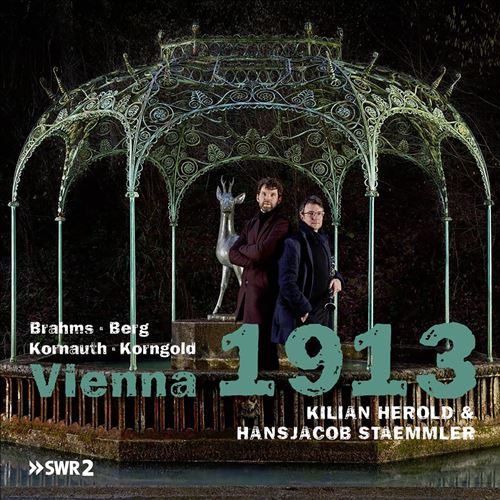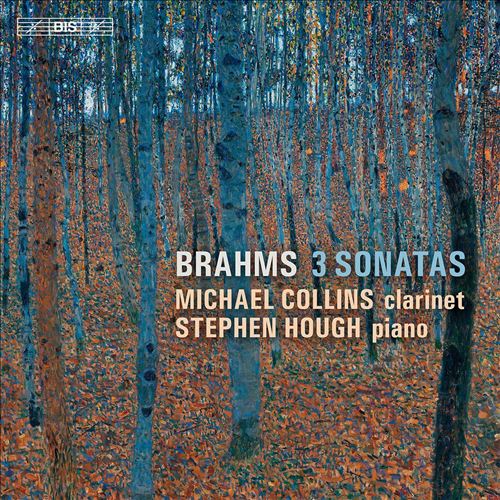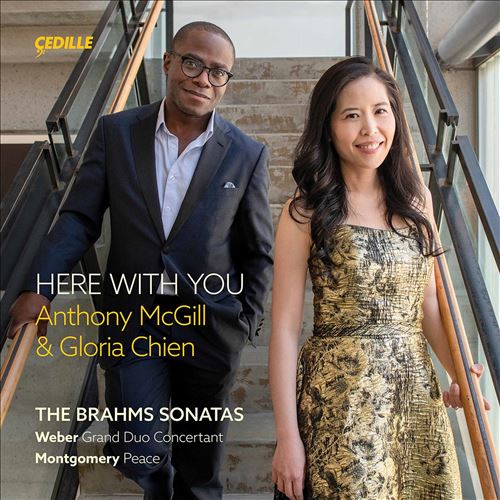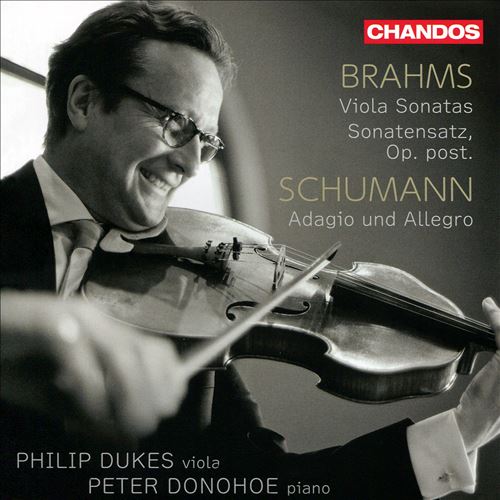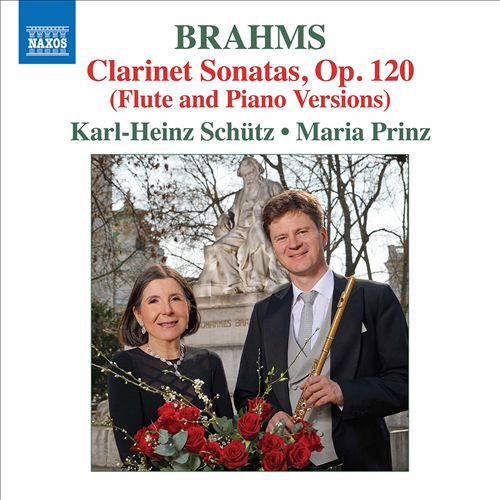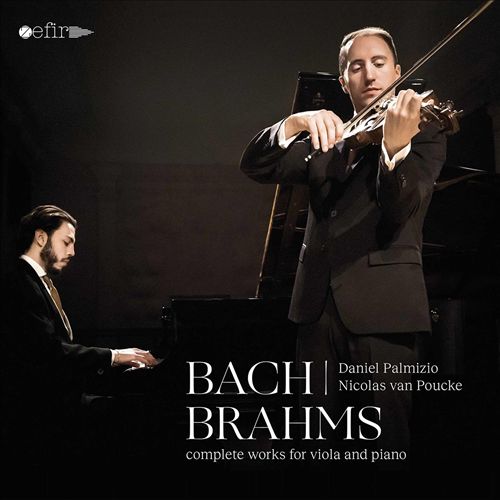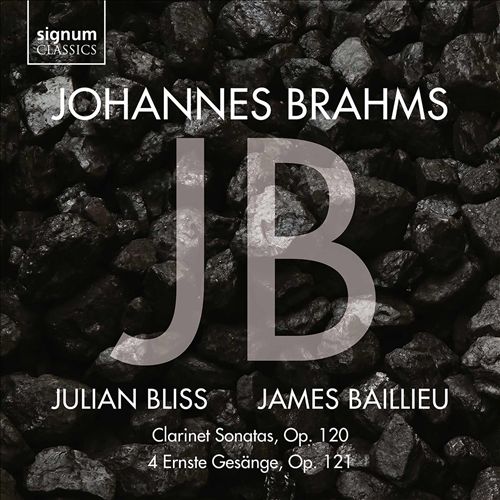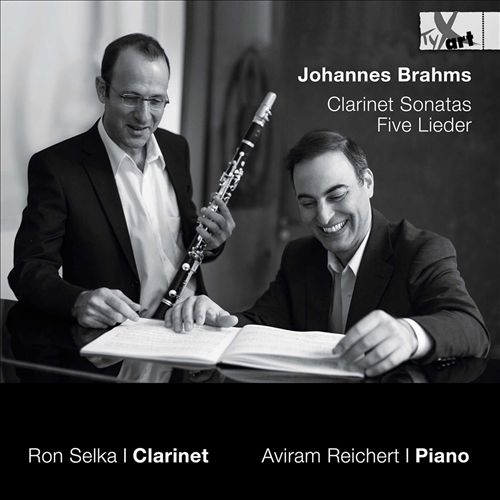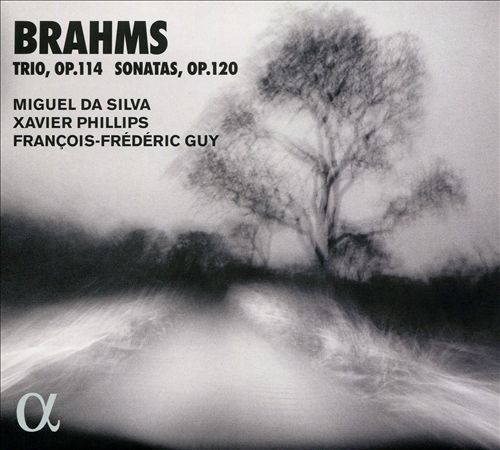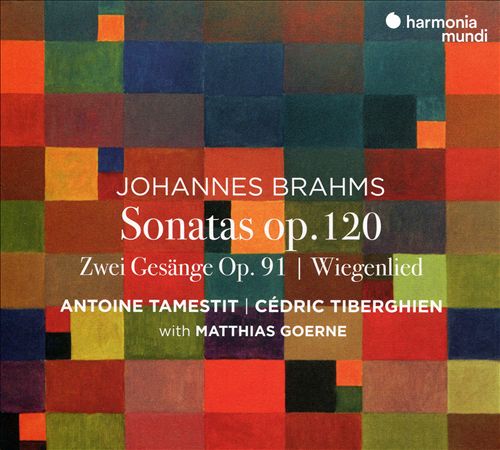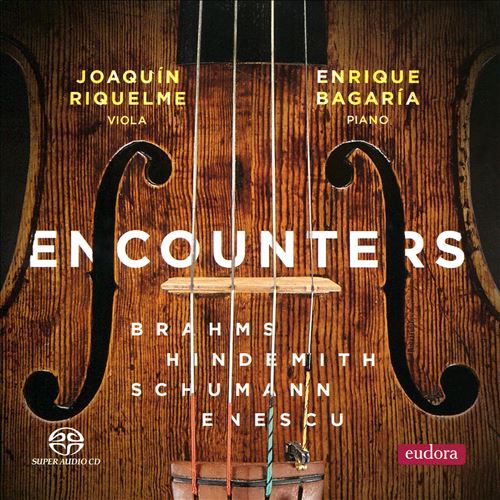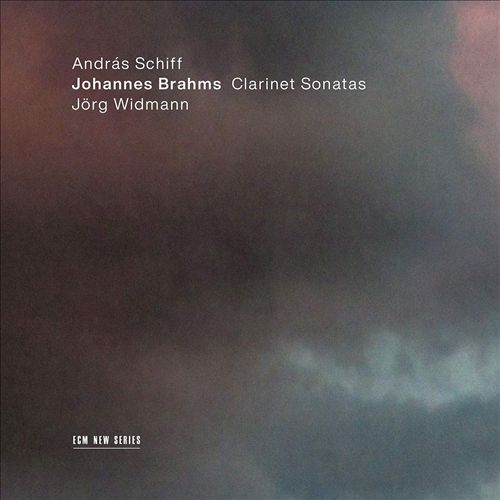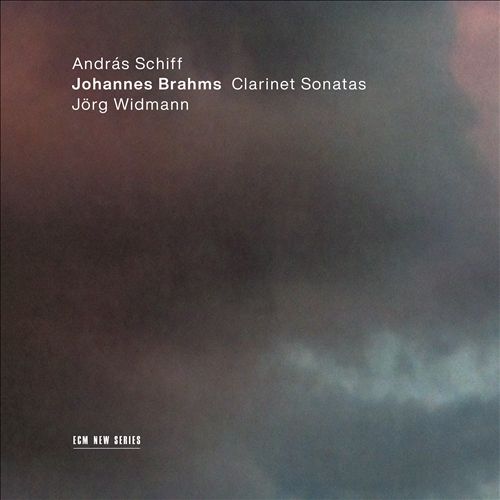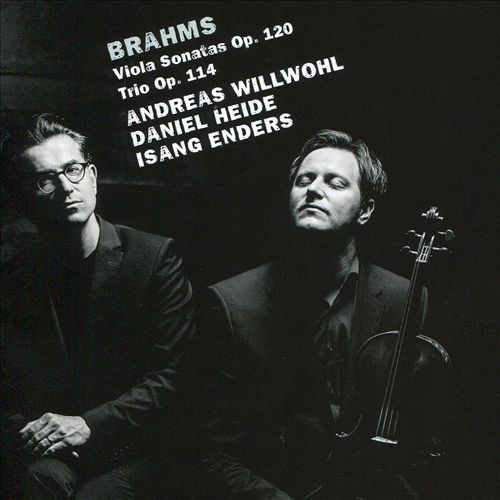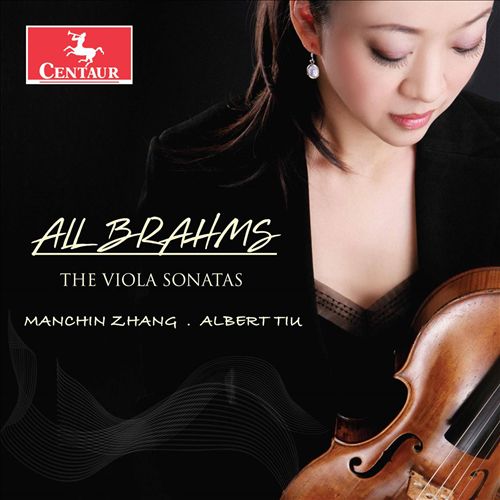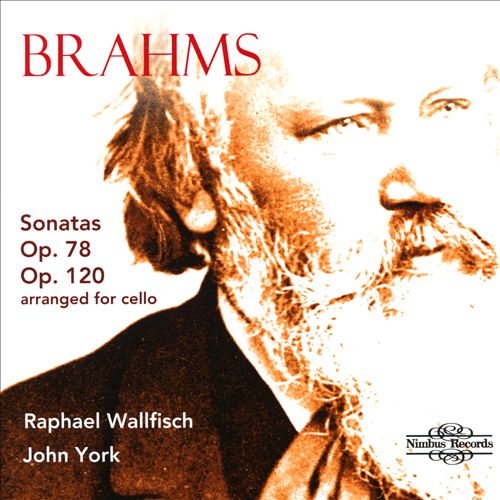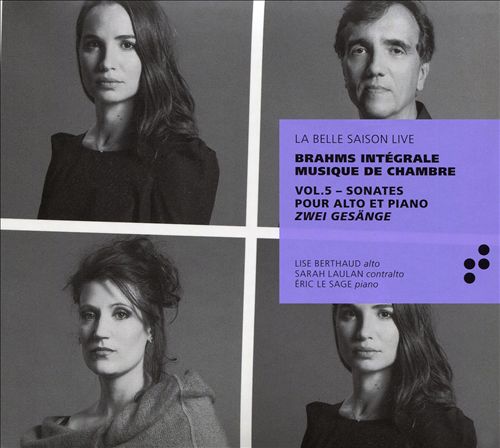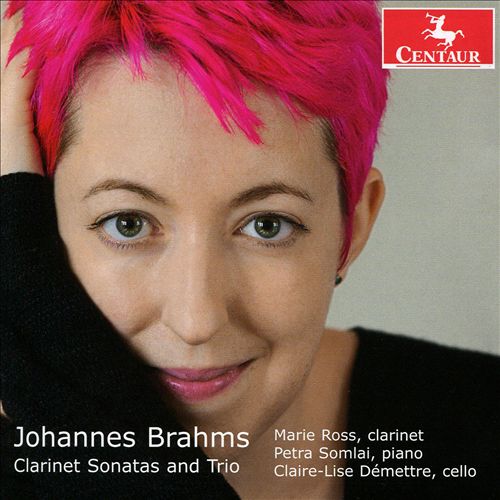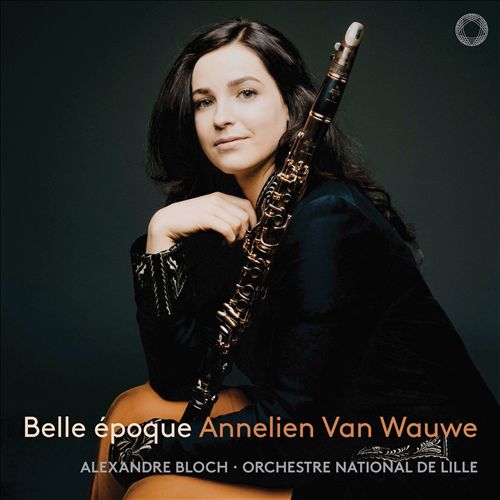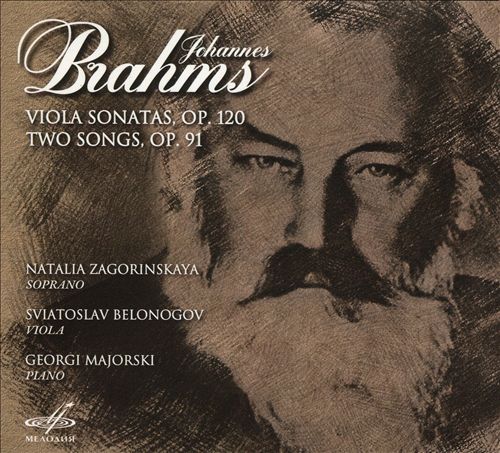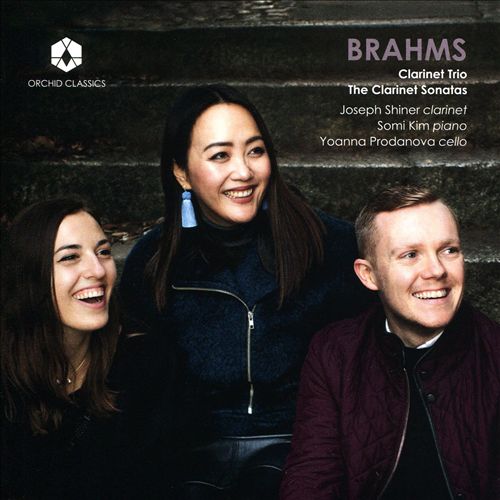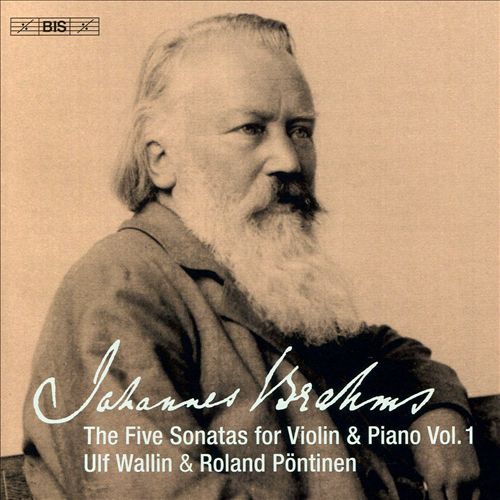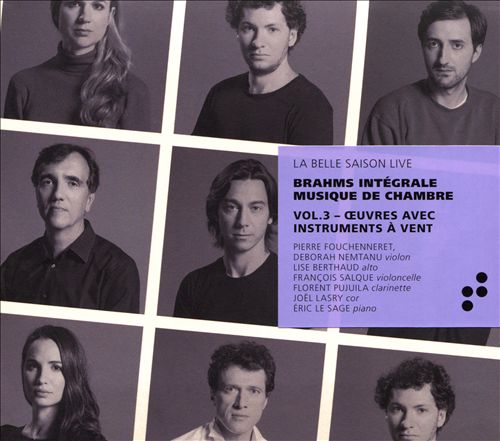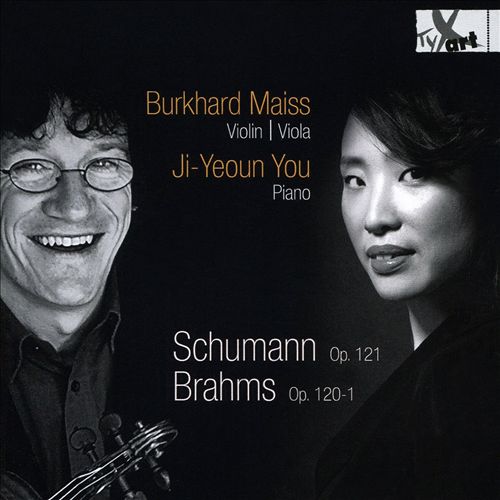Johannes Brahms (요하네스 브람스)
Sonata for clarinet & piano No. 1 in F minor, Op. 120/1
100
10,000
1,400
WORK INFO
작곡가: Johannes Brahms (요하네스 브람스)작곡년도: 1894평균연주: 23:07악장1Allegro appassionato7:492Andante un poco adagio5:093Allegretto grazioso4:174Vivace5:11The Clarinet Sonatas, Op. 120, Nos. 1 and 2 are a pair of works written for clarinet and piano by the Romantic composer Johannes Brahms. They were written in 1894 and are dedicated to the clarinetist Richard Mühlfeld. The sonatas stem from a period late in Brahms’s life where he “discovered” the beauty of the sound and tonal colour of the clarinet. The form of the clarinet sonata was largely undeveloped until after the completion of these sonatas, after which the combination of clarinet and piano was more readily used in composers’ new works. These were the last chamber pieces Brahms wrote before his death and are considered two of the great masterpieces in the clarinet repertoire. Brahms also produced an oft-performed transcription of these works for viola with alterations to better suit the instrument.
By 1890, Brahms vowed to retire from composing, but his promise was short lived. In January 1891 he made a trip to Meiningen for an arts festival and was captivated by performances of the Weber Clarinet Concerto No. 1 and the Mozart Clarinet Quintet. The solo clarinetist was Richard Mühlfeld, and Brahms began a fond friendship with the man whom he so admired. The beautiful tone of “Fräulein Klarinette” (as Brahms would nickname Mühlfeld) inspired him to begin composing again less than a year after he retired. The fruits of their friendship were a few remarkable additions to the still modest clarinet repertoire of that time, including the Clarinet Sonatas. In the summer of 1894 at his Bad Ischl retreat, Brahms completed the sonatas. They were first performed privately for Duke Georg and his family in September of that year. Brahms’ experience in writing his Clarinet Quintet three years earlier led him to compose the sonatas for clarinet and piano because he preferred the sound over that of clarinet with strings. It is interesting to note that the keys of the sonatas—F minor and E-flat major—correspond to the keys of the two clarinet concertos Weber produced.From WIKIPEDIA
RELEASED ALBUMS
-
Spiritual WingsApril 19, 2024
-
Carl Reinecke: Undine, sonata Op. 167; Brahms: Sonata No. 1 & Sonata No. 2 Op. 120November 30, 2023
-
Deutsche KlarinetteSeptember 8, 2023
-
Lars Vogt & Friends Live in Heimbach, Vol. 1June 16, 2023
-
Vienna 1913: Brahms, Berg, Kornauth, KorngoldJanuary 13, 2023
-
In MemoriamSeptember 30, 2022
-
Brahms: 3 SonatasDecember 3, 2021
-
Here With You: The Brahms SonatasNovember 12, 2021
-
Brahms: Viola Sonatas; Sonatensatz, Op. post.; Schumann: Adagio and AllegroNovember 5, 2021
-
Brahms: Clarinet Sonatas, Op. 120 (Flute & Piano Versions)August 13, 2021
-
Bach, Brahms: Complete Works for Viola and PianoMay 21, 2021
-
Johannes Brahms: Clarinet Sonatas Op. 120; 4 Ernste Gesänge, Op. 121May 7, 2021
-
Johannes Brahms: Clarinet Sonatas; Five LiederApril 16, 2021
-
Brahms: Trio, Op. 114; Sonatas, Op. 120March 26, 2021
-
Johannes Brahms: Sonatas Op. 120; Zwei Gesänge Op. 91; WiegenliedMarch 5, 2021
-
Encounters: Brahms, Hindemith, Schumann, Enescu2021
-
Sonatas for Violin and Piano: Brahms Op. 120 No. 1, 2; Dohnányi Op. 21November 6, 2020
-
Johannes Brahms: Clarinet SonatasOctober 2, 2020
-
Brahms: Clarinet Sonata No. 1, Op. 120 - 4. VivaceSeptember 11, 2020
-
Brahms: Viola Sonatas, Op. 120; Piano Trio, Op. 114April 17, 2020
-
All Brahms: The Viola SonatasMarch 20, 2020
-
Brahms: Sonatas Op. 78, Op. 120, Arranged for CelloFebruary 7, 2020
-
Brahms: Intégrale Musique de Chambre, Vol. 5 - Sonates pour alto et piano; Zwei GesängeJanuary 10, 2020
-
Johannes Brahms: Clarinet Sonatas and TrioNovember 15, 2019
-
Belle époqueAugust 16, 2019
-
Johannes Brahms: Viola Sonatas, Op. 120; Two Songs, Op. 91August 2, 2019
-
Brahms: Clarinet Trio; The Clarinet SonatasJuly 5, 2019
-
Johannes Brahms: The Five Sonatas for Violin & Piano, Vol. 1June 7, 2019
-
Brahms Intégrale Musique de Chamber, Vol. 3: Œuvres avec Instruments à VentJanuary 25, 2019
-
Schumann: Op. 121; Brahms: Op. 120-1November 16, 2018
FEATURED MOVIES
-
 07:43브람스: 클라리넷 소나타 1번 F단조 Op. 120/1 1. Allegro appassionato
07:43브람스: 클라리넷 소나타 1번 F단조 Op. 120/1 1. Allegro appassionato -
 07:13브람스: 클라리넷 소나타 1번 F단조 Op. 120/1 1. Allegro appassionatoMarch 1, 2013Chapel at the Riverside Church
07:13브람스: 클라리넷 소나타 1번 F단조 Op. 120/1 1. Allegro appassionatoMarch 1, 2013Chapel at the Riverside Church -
 20:17브람스: 클라리넷 소나타 1번 F단조 Op. 120/1
20:17브람스: 클라리넷 소나타 1번 F단조 Op. 120/1 -
 04:42브람스: 클라리넷 소나타 1번 F단조 Op. 120/1 2. Andante un poco adagioNovember 18, 2011
04:42브람스: 클라리넷 소나타 1번 F단조 Op. 120/1 2. Andante un poco adagioNovember 18, 2011 -
 23:42브람스: 클라리넷 소나타 1번 F단조 Op. 120/1
23:42브람스: 클라리넷 소나타 1번 F단조 Op. 120/1 -
 07:20브람스: 클라리넷 소나타 1번 F단조 Op. 120/1 1. Allegro appassionato
07:20브람스: 클라리넷 소나타 1번 F단조 Op. 120/1 1. Allegro appassionato -
 07:25브람스: 클라리넷 소나타 1번 F단조 Op. 120/1 1. Allegro appassionatoApril 3rd 2011
07:25브람스: 클라리넷 소나타 1번 F단조 Op. 120/1 1. Allegro appassionatoApril 3rd 2011
ALBUM MUSIC
WORKS SHOUTS


